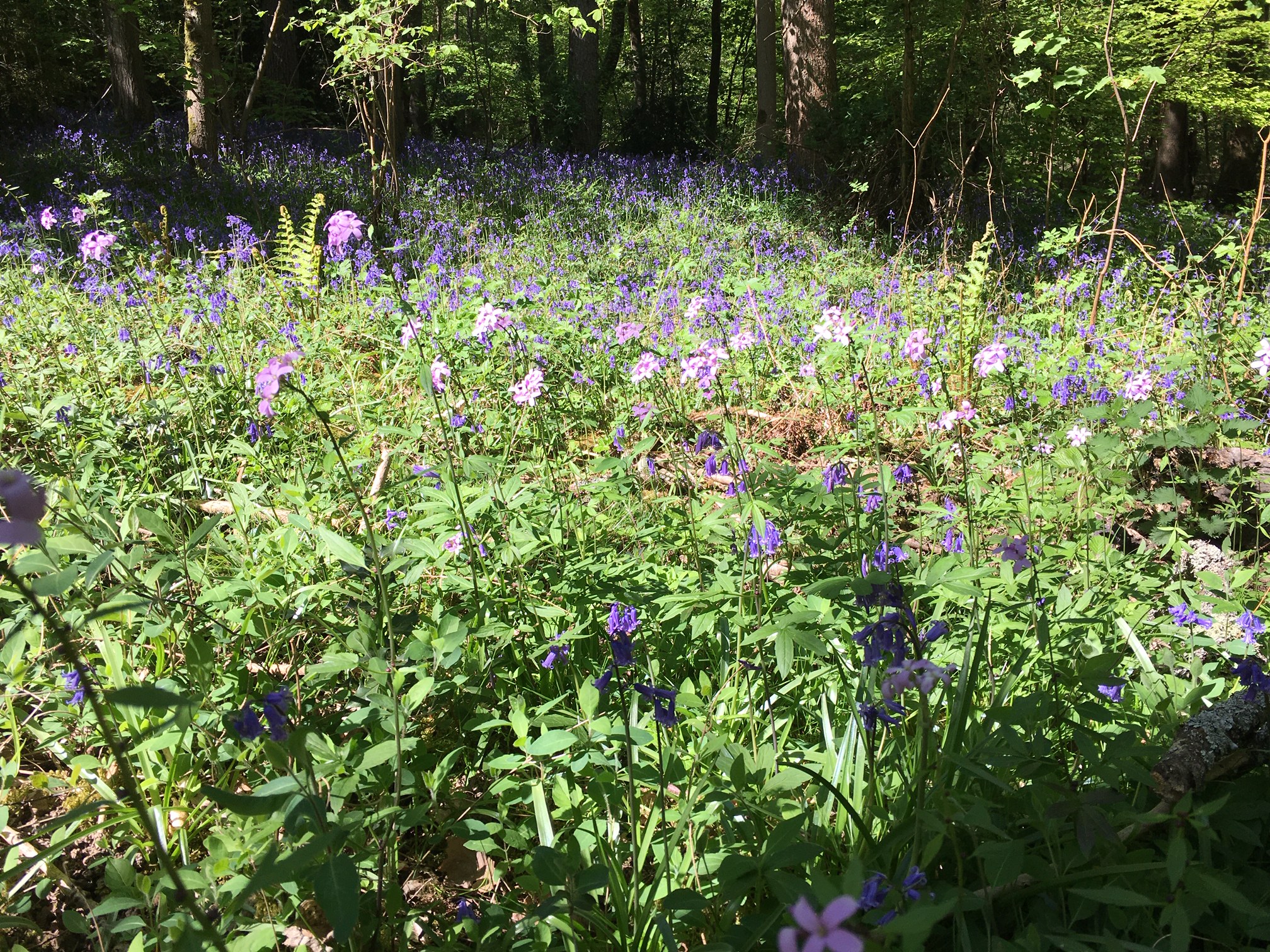I hope this finds you and your families well, It is quite a cool blustery Sunday afternoon so thought the perfect time for some new notes.
It’s been another week with stupendous weather, well timed for the VE day bank holiday which I hope you were able to enjoy with family in your own ‘bubbles’.
In the nature conservation calendar, today is Dawn chorus day, most years I run a guided walk for the Herts and Middlesex Wildlife Trust on one of their nature reserves to celebrate the day and experience a dawn chorus. It is a big struggle being awake for 5am but once up is well worth it. This week I had to do the walk on my own and walked up Merry Hill owned by the Woodland Trust. I made a recording near the greenway which is the gravel track that runs across the reserve from Merry Hill Road to Oxhey Lane, one of the benefits of the lockdown is reduced traffic and virtually no aeroplane noise so have recently made many recordings on my mobile phone which have been reasonably clear.
Anyway back to the dawn chorus, it really is a chorus and the only time of day when virtually all birds sing together, this means its not a great time to identify individual species as there is just too much happening, as the day goes on it is much easier to separate the separate songs and calls playing their own ‘solo’. It really is a natural wall of sound and although probably less intense than what would have been heard a generation ago, if you go to some good unspoilt habitat like we have locally it can still be very beautiful.
The purpose of all this singing is unsurprisingly down to reproduction, the male birds who sing are trying to prove their good genetics to passing females by the quality of their call i.e the duration, volume and in some species the complexity of the phrases used. Also for marking a territory which is a suitable place to rear a family, and to keep other males away. This song will be good for the next few weeks and gradually peters out in June and July.
If you get a chance it is still not too late for an early morning adventure, wrap up warm as it is always much cooler than you would expect, breakfast on returning home never tastes as good too.
One of the birds that have been missing is the cuckoo, it will not a bred locally for many years and is sadly in steep decline in much of the UK, but often a male bird drops in locally for a day or two on its way to its breeding grounds, usually further north where they are still found in reasonably good numbers. Last year was good with a bird singing near Paddock road allotments for several days.
A couple of weeks ago we briefly, and for the first time since Lockdown, left our very pleasant Oxhey ‘bubble’ to travel to Whippendell woods to see the bluebells en mass. Bluebells are a much loved and very much a British speciality as although widespread in Europe, they are only found in the magnificent carpets here in the UK woodlands.
We were lucky to visit on a warm and still sunny day so as well as a shimmer of aquamarine blue there was also their subtle and very pleasant scent. If you cross over Rouse barn Lane there are several small Woodland trust woods to also enjoy, the largest being Harrocks wood which is well worth a visit, another flower growing amongst the bluebells is the nationally scarce Coral Root Bittercress (see Photo), found in a small number of woodlands around the Chilterns.

For me woodland flowers are a real marker of the spring, and the first stirrings of spring started in January with the very early plants Dogs Mercury and Lords and ladies, neither very colourful, emerging in an otherwise barren woodland floor, in March the violets, primroses and Wood anemones make a more colourful appearance. The bluebells and coralroot bittercress are amongst the last of the woodland flowers to make an appearance before the trees burst into leaf and the forest floor is again in deep shade, and the woodland flowers appearance is over for another year. Well worth waiting for next Spring for the next magnificent display.
You must be logged in to post a comment.